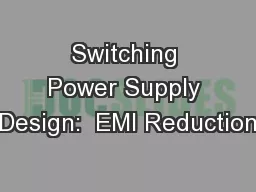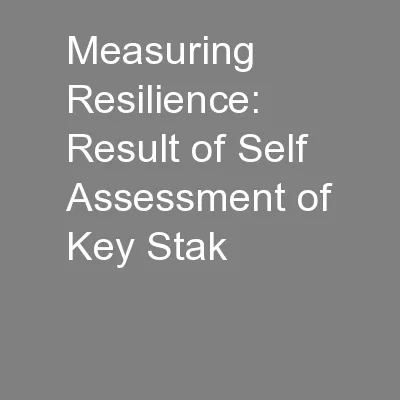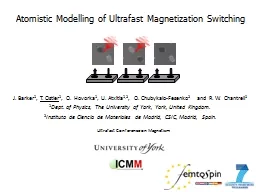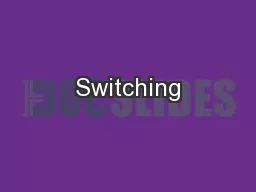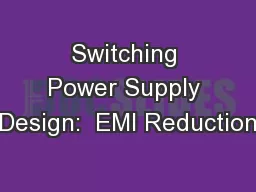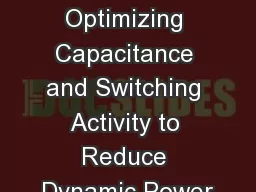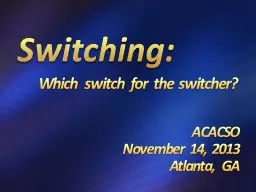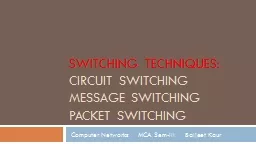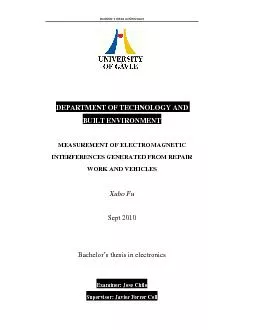PPT-Switching Power Supply Design: EMI Reduction
Author : myesha-ticknor | Published Date : 2017-11-02
Author Marc DavisMarsh Last Edited by Richard Garvey 51612 1 Table of Contents 2 EMI on TV Picture EMI Nonisolated Isolated Snubbers Component Selection 3 2011
Presentation Embed Code
Download Presentation
Download Presentation The PPT/PDF document "Switching Power Supply Design: EMI Redu..." is the property of its rightful owner. Permission is granted to download and print the materials on this website for personal, non-commercial use only, and to display it on your personal computer provided you do not modify the materials and that you retain all copyright notices contained in the materials. By downloading content from our website, you accept the terms of this agreement.
Switching Power Supply Design: EMI Reduction: Transcript
Download Rules Of Document
"Switching Power Supply Design: EMI Reduction"The content belongs to its owner. You may download and print it for personal use, without modification, and keep all copyright notices. By downloading, you agree to these terms.
Related Documents

